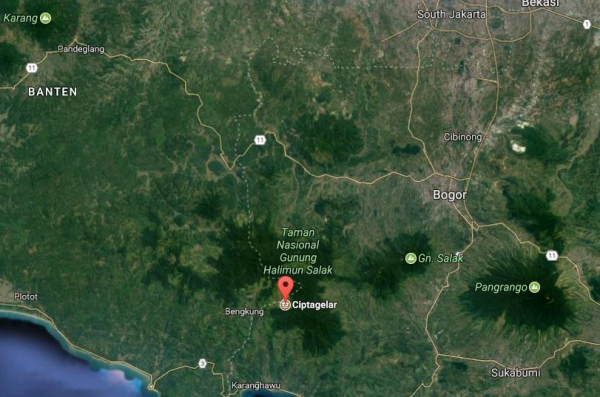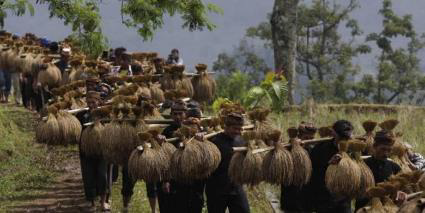Cultural-Based Policy for Sustainable Landscape in Kasepuhan Ciptagelar
22.11.2017
-
SUBMITTED ORGANISATION :
-
UNESCAP-CAPSA
-
DATE OF SUBMISSION :
-
22/11/2017
-
REGION :
-
South-eastern Asia
-
COUNTRY :
-
Indonesia (West Java)
-
SUMMARY :
-
Climate change risking Indonesian farmers in deciding plantation’s timeline and avoiding crop failures. Additionally, Indonesia relies on rice as a staple food, requiring more sustainable landscape and irrigated rice systems. Rice remains a priority of food crops development in Indonesia, particularly to reduce its import dependency. Many indigenous people in the country consider rice as a symbol of life, for instance, rice is a gift from the God for the natives in Ciptagelar, West Java. Farming practices in Ciptagelar follow ancestral principle. They implement non-intensive agriculture where planting cycle only takes place once a year for six months duration. The customary laws do not allow rice trading, letting the natives depend economically on other agricultural commodities. They live in simplicity, protecting the environment as they have a high appreciation towards the land and totally obey the customary law. Restriction of cultivable area, strict rules in utilizing woods and exact planting periods are some examples of cultural-based policy leading Ciptagelar to social, economic and environmental sustainability.
-
KEYWORD :
-
Cultural-Based Policy, Indigenous, Sustainable Landscape, Agriculture, Kasepuhan Ciptagelar
-
AUTHOR:
-
Masakazu Ichimura; Dwi Fitriah Arrisandi, UNESCAP-CAPSA
Summary Sheet
The summary sheet for this case study is available here.




